May 19, 2025 | 13:40 GMT +7
May 19, 2025 | 13:40 GMT +7
Hotline: 0913.378.918
May 19, 2025 | 13:40 GMT +7
Hotline: 0913.378.918
During the Lunar New Year of my third grade, I watched my father install the first LED light bulb in the space where our family gathered for meals in front of the ancestral altar. In the years that followed, the gravel roads near my grandparents’ village, once swallowed by night, were illuminated by new light poles stretching from one commune to the next.
Electricity came to my countryside in increments. First came fluorescent tubes and refrigerators. The smoky woodfire kitchen gave way to a gas burner, and eventually to an electric stovetop. My grandparents, long accustomed to drawing water from a well or collecting rainwater runoff in a half-covered tank, watched as an electric pump assumed the burden of delivering clean water to the home.
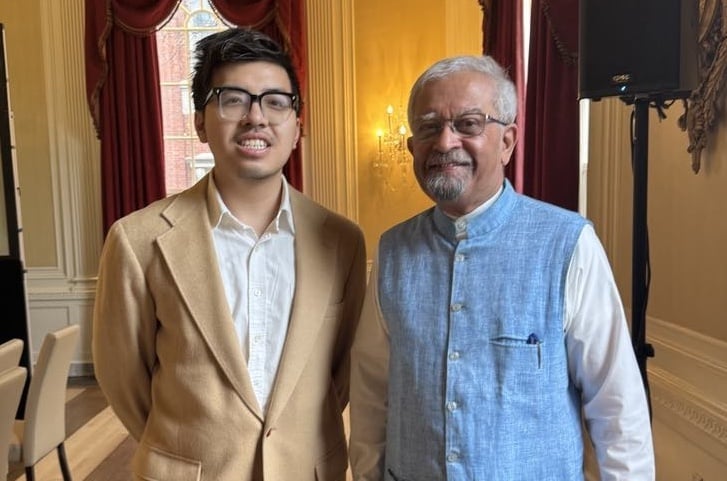
Le Manh Linh (left) took a photo with Mr. Kamal Malhotra - former Resident Coordinator of the United Nations in Vietnam, during his visit to Harvard University.
I grew up as our country rode the first wave of industrialization and modernization. Secondary school gave me a solid grasp of macroeconomic concepts like GDP per capita. I learned about the “golden ratio” in population studies, read headlines celebrating Vietnam’s accolades on global stages, and saw with my own eyes the skyline of high-rises multiplying along the roads I took to school everyday.
But back in the countryside, modernization had a quieter face. The arrival of wi-fi strong enough to reach every household felt like a small revolution. Though much more frustratingly overdue compared to urban areas, the way technological advances came to this humble rural abode made me internalize just how valuable energy access is to the well-being of a community.
While electricity is a personal commodity, the infrastructure required to support grid connectivity is a public good. Reliable energy access means children can study under proper lighting. It means homes can be cleaner, warmer, and more connected. It means rural hospitals can perform interventions that once seemed out of reach. The wires that string from pole to pole do not just carry current. They carry opportunity.
According to the World Bank, by 2019, 99.4% of Vietnam’s population had access to electricity. The remaining 0.6 percent consisted of rural households in remote, underserved areas beyond the reach of the national grid. The country’s electrification efforts have become more comprehensive than ever, touching nearly every region.
Despite this progress, Vietnam’s electricity generation still relies heavily on fossil fuels. As of 2021, non-renewable sources such as coal, petroleum, and diesel accounted for 43.42% of total power output, while renewable energy contributed just 26.94%.
Fossil fuels have radically changed humanity and society, but their depletion after decades of relentless extraction has opened up new questions about their long-term sustainability. At the same time, their carbon footprint is among the leading contributors to climate change.
Burning fossil fuels emits CO2 into the atmosphere and creates other airborne pollutants like NO2, SO2, and heavy metal particulates. These chemicals can degrade air quality and leach into common soil or water sources, posing community health hazards as carcinogens while disrupting the microbial ecosystems that support agriculture and clean water.
For Vietnam's rural communities to continue benefiting from technological advancement without compromising their health or environment, the shift toward renewable energy is not just desirable: it is essential.
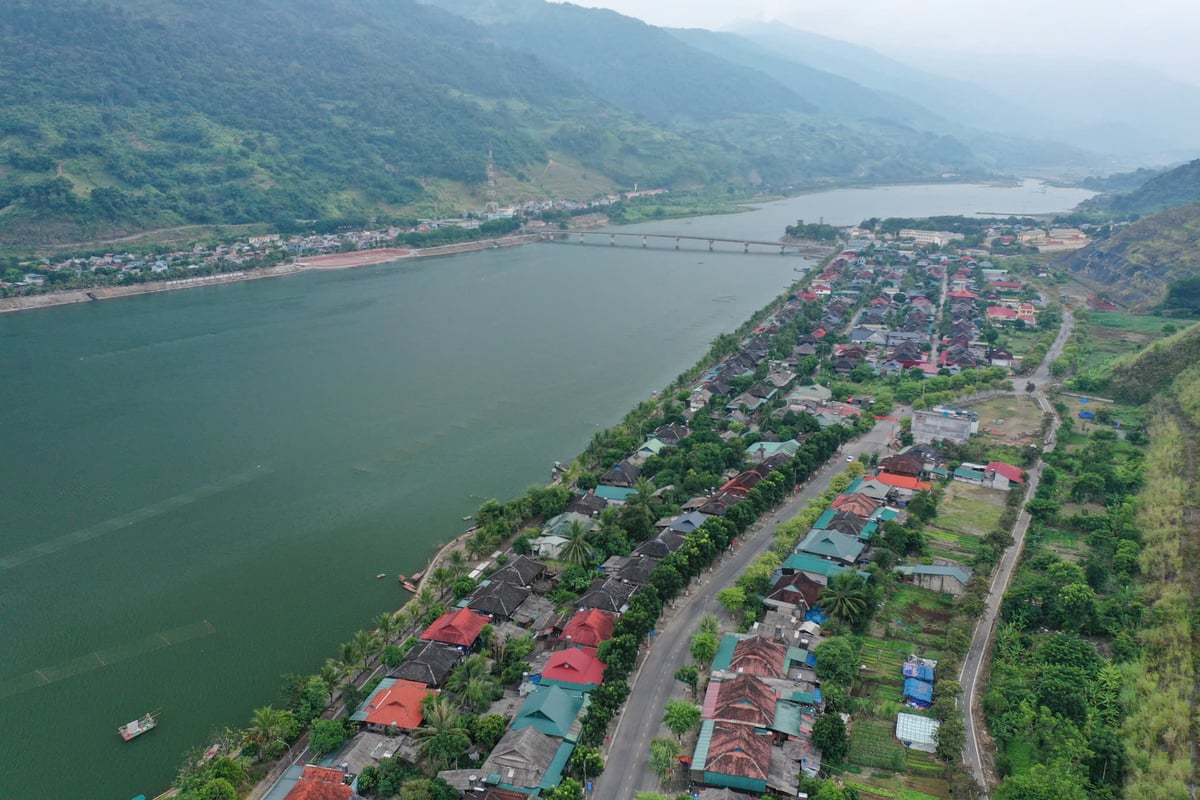
The power grid covers the whole country with a very high rate of grid connection to households. Photo: Tung Dinh.
With the turn of the millennium, the story of my countryside came to mirror a broader theme within the Vietnamese rural experience – one of perseverance, of community, of enduring together through hardship. My cousins and I passed down clothes that no longer fit, shared old textbooks with frayed corners and torn covers. Our parents’ and grandparents’ generations faced even greater trials, raising families while the country was still stitching itself back together in the long shadow of war.
The world I grew up in was marked by newfound levels of prosperity and a new sense of possibility. The pride I felt watching my father bring light into our antiquated wooden house was more than a child’s admiration. It was a glimpse of how far the country had come and a quiet hope that one day, every household, every village, would share in that same light.
As Vietnam’s population grows and urbanization accelerates, we are confronted with two urgent realities. First, access to energy has become a fundamental right. It underpins our ability to seek medical care, attend school, and communicate information.
Second, disparities between regions are becoming more pronounced. Access to modern technology and infrastructure remains uneven, and the ability to withstand environmental shocks varies widely. In rural areas, women, children, and ethnic minorities are especially vulnerable to the impacts of climate change.
That is why I believe we must facilitate the expansion of renewable energy to remote and underserved areas, ensuring fair and equitable access to electricity across every corner of the country. I believe this is the foundation of Vietnam’s sustainable development.
Vietnam’s countryside – a bastion of resilience and tenacity – will thrive and grow in confidence if it can embrace innovation. With access to clean energy and new technologies, rural communities can build better, more prosperous lives.
When I reflect on the harmony between urban ecosystems that are designed to accommodate professional life and the natural ecosystems that my grandparents taught me to respect, I believe it is time we re-examine the relationship modern society must build with nature.
Nature still exists in cities, but often only as curated parks or artificial lakes that serve an aesthetic function rather than fulfilling an ecological purpose.
In this regard, urbanites have much to learn from farmers and aquaculturists whose lives are deeply tied to the rhythms of the land and water. Through cultivation and care, they form enduring relationships with the environment and pass on intergenerational knowledge about how to live sustainably alongside nature. In Nam Can village, deep in Ca Mau, local residents raise tiger prawns in forest-shaded ponds, an approach that both preserves protective coastal forests and supports the local economy.
As Vietnam faces the pressures of rapid modernization, we stand on the precipice of many monumental changes. Rearranging nature to fit our needs, then scrambling for solutions only when damage is done, is no longer acceptable. We must shift toward a mindset of respect, foresight, and coexistence before the costs become irreversible.

Bringing renewable energy to remote areas is the foundation for Vietnam's sustainable development. Photo: Gia Han.
The idea of cohabitation between humans and nature is not entirely novel, and does not represent a challenge unique to Vietnam. Recent urban planning efforts have begun to reflect a deeper intention to give nature room to breathe, to let flora and fauna breathe in sync with the busy cadence of human life. Materializing a vision of a civilized society with long-term potential depends on our willingness to preserve natural resources, not just for today, but for generations to come.
On the energy front, improving the national electricity grid and catalyzing the renewable energy transition can – and should – happen together.
Other countries who have explored both in tandem show that increasing the coverage of solar rooftops in densely populated areas can go hand in hand with building microgrids that target small, remote communities with distinct energy demands. This approach taps into regions with high solar irradiance while creating new jobs and opportunities for local residents.
New roads lie ahead in a world defined by change. The future is uncertain, but not out of our hands. One day, I believe, the same light that once filled my childhood home will shine in every household across Vietnam, even those tucked away in the most distant corners.
PhD candidate at Harvard University

(VAN) The decree on Extended Producer Responsibility (EPR) ensures transparent management and disbursement of support funds, avoiding the creation of a “give-and-take” mechanism.
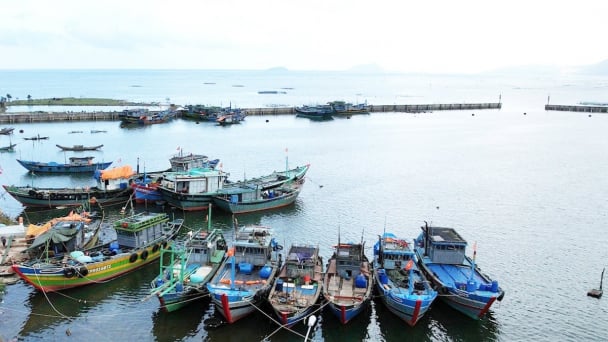
(VAN) Hue City rigorously enforces regulations regarding marine fishing and resource exploitation, with a particular emphasis on the monitoring of fishing vessels to prevent illegal, unreported, and unregulated (IUU) fishing.
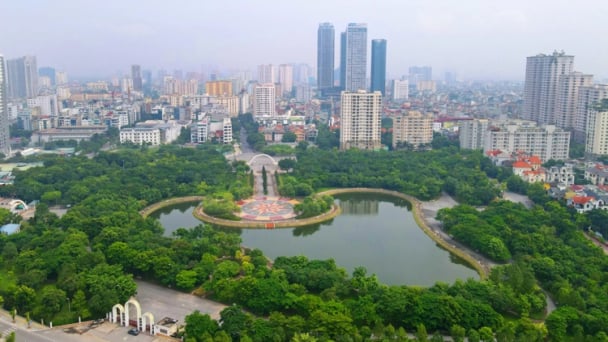
(VAN) Hanoi People's Committee has issued a plan on reducing greenhouse gas emissions in the waste management sector with 2030 vision.
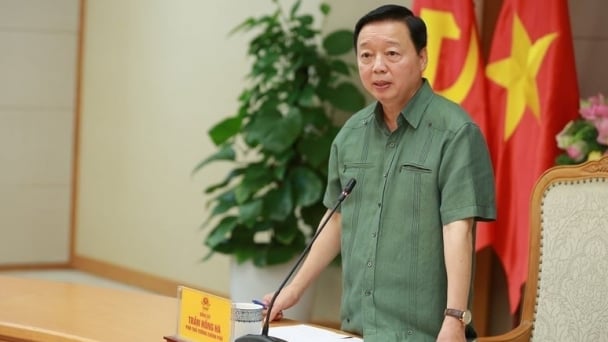
(VAN) Vietnam's draft amendment to Decree No. 156 proposes a mechanism for medicinal herb farming under forest canopies, linking economic development to population retention and the sustainable protection and development of forests.
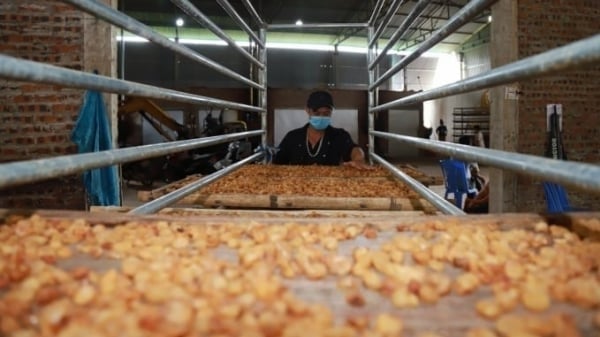
(VAN) In reality, many craft village models combined with tourism in Son La have proven effective, bringing significant economic benefits to rural communities.

(VAN) The international conference titled Carbon Market: International experiences and recommendations for Vietnam was successfully held recently in Ho Chi Minh City.